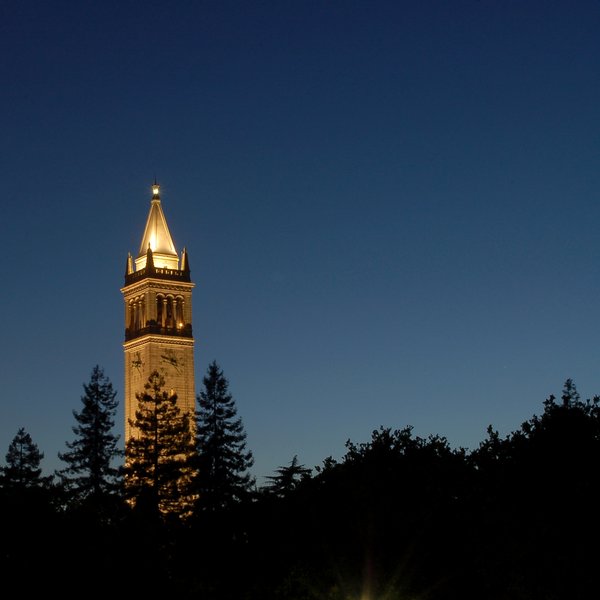Two decades ago, Dr. Teresa Puthussery was working at a low vision clinic in her native Australia when a patient in his early 20s walked in. “We were the same age. He was planning a trip to Nepal to see the Himalayas and wanted to make the trip soon,” she says. The patient was progressively losing his vision from retinitis pigmentosa (RP), an incurable genetic disease that destroys the retinal photoreceptors, the light-sensing cells of the eye.
“I wished I could say something hopeful about the outlook for his condition,” recalls Dr. Puthussery, a professor in the Herbert Wertheim School of Optometry & Vision Science. “I couldn’t.” It was a crossroads moment, motivating her to return to school to study the biology and neurobiology of the eye, and to search for investigative and therapeutic breakthroughs.
“Ten years ago, it wasn’t possible to grow a retina in a dish that was functional. Now, scientists have generated photoreceptor cells outside of the eye that can respond to light." — Dr. Teresa Puthussery
Dr. Puthussery studies the neural circuits of the retina and how they are altered by diseases such as RP and age-related macular degeneration (AMD). Today she would be able to have a different conversation with her Himalaya-bound patient. That’s because she is part of a multidisciplinary team recently awarded $3.7 million annually for five years by the Audacious Goals Initiative (AGI) for Regenerative Medicine. The initiative aims to one day be able to replace damaged neurons of the retina and to restore their connections to the brain’s visual centers.
Dr. Puthussery’s AGI team unites her expertise investigating retinal structure and function at the cellular level with stem cell biologists exploring retinal function in the living eye. They are developing models that can gauge the survival and functional integration of transplanted light-sensing photoreceptors — the rods and cones — and the cells responsible for transmitting visual signals from the retina to the brain.
Rejection of transplanted tissue was an early hurdle, but Dr. Puthussery says there’s already evidence that some cells will survive in a host retina. “The next level is to ensure that photoreceptors not only survive, but that they can reach out and connect with the host retina,” she says.
Dr. Puthussery says there was a time when she could not have imagined this type of study. “Ten years ago, it wasn’t possible to grow a retina in a dish that was functional,” she says. “Now, scientists have generated photoreceptor cells outside of the eye that can respond to light. I think in my lifetime we will see some of these vision restoration methods translated into the clinic. It’s already started.”
Read the full story at optometry.berkeley.edu/audaciousgoal.





